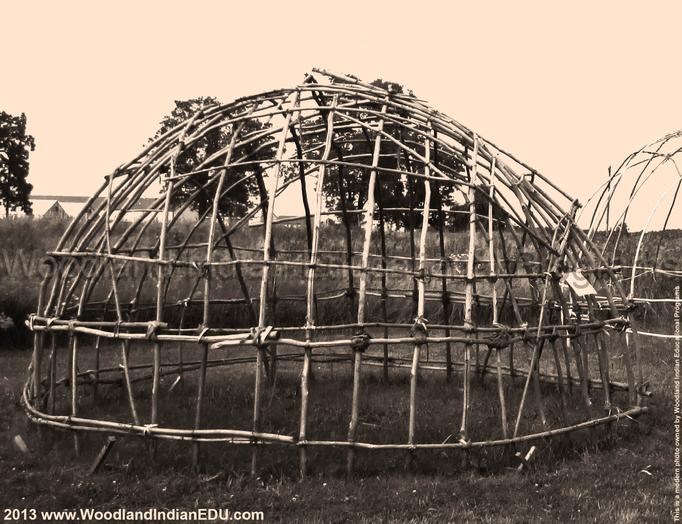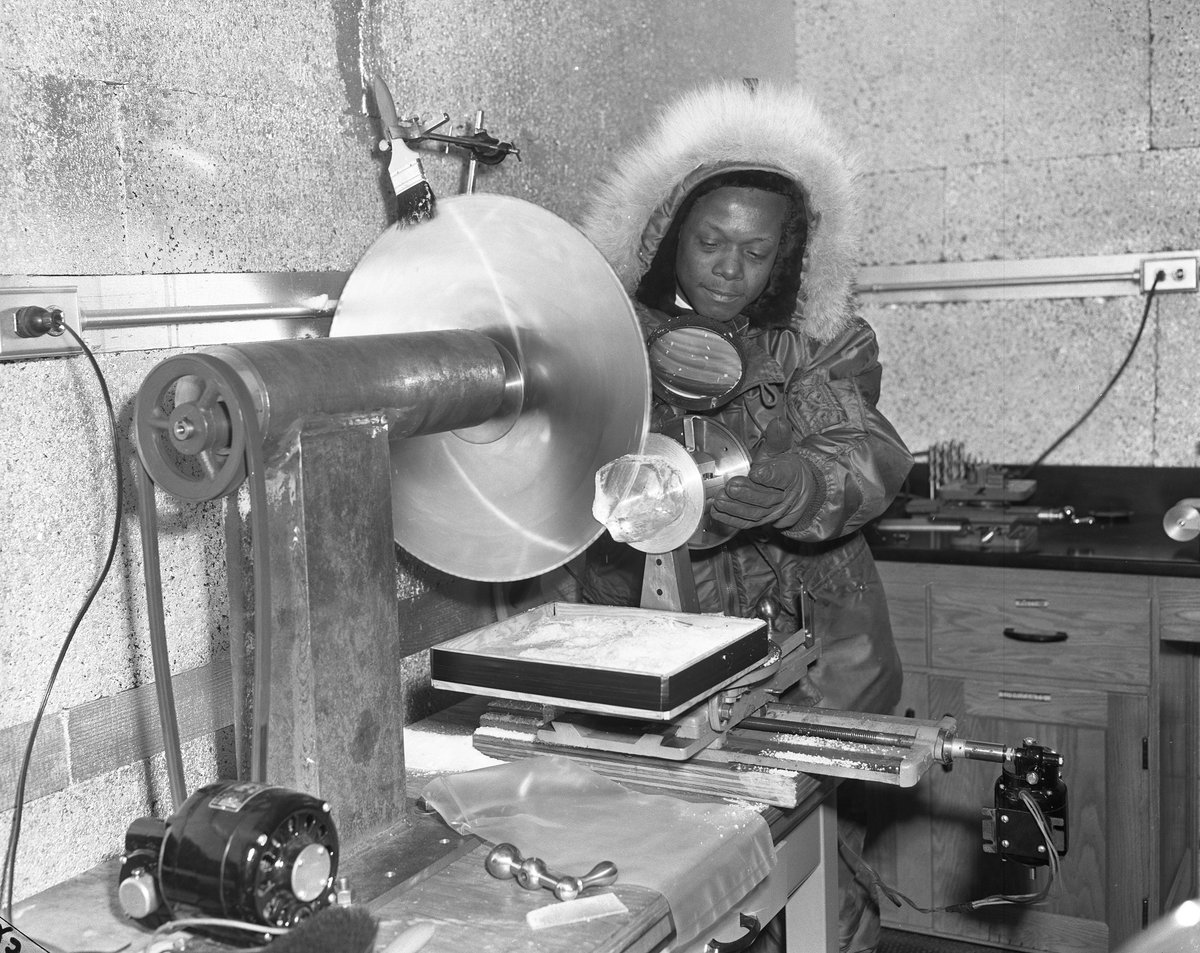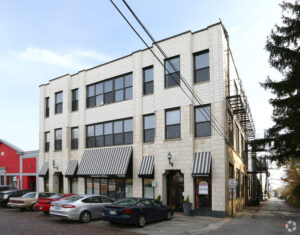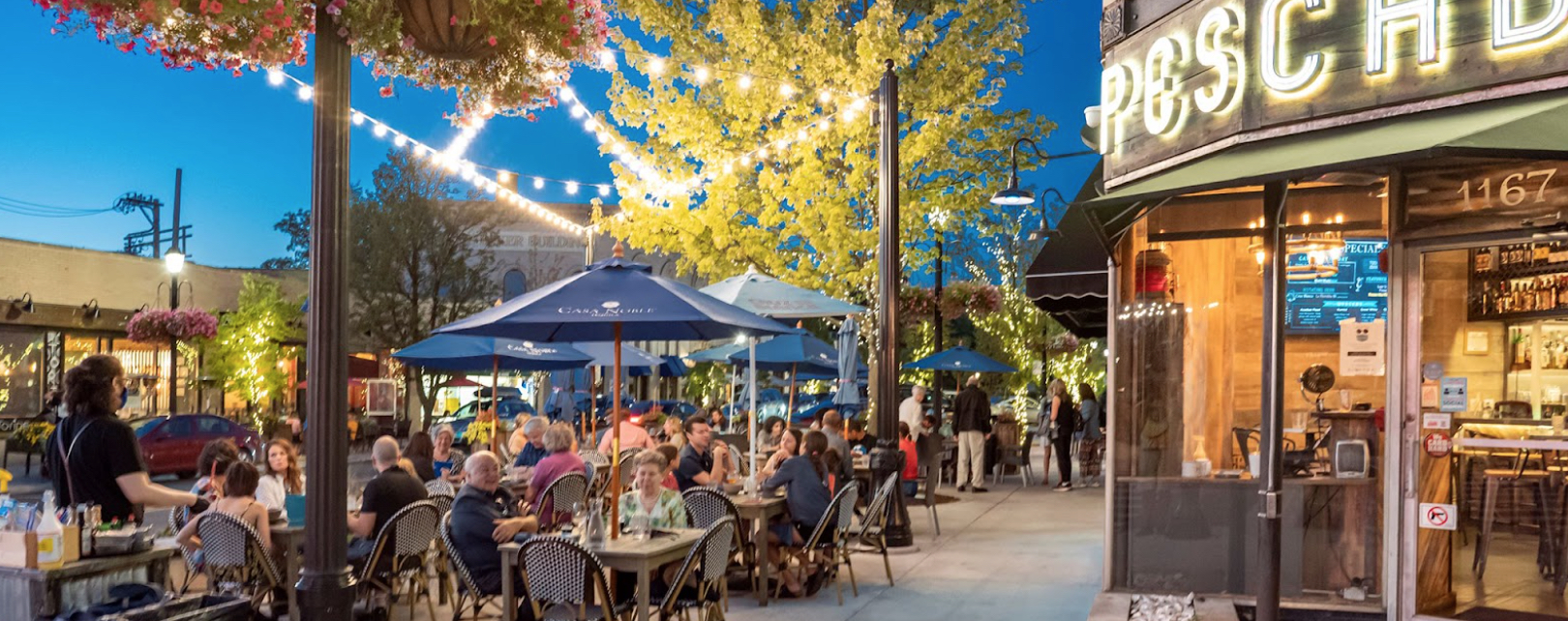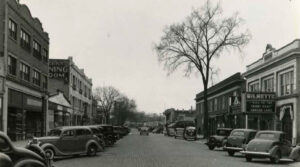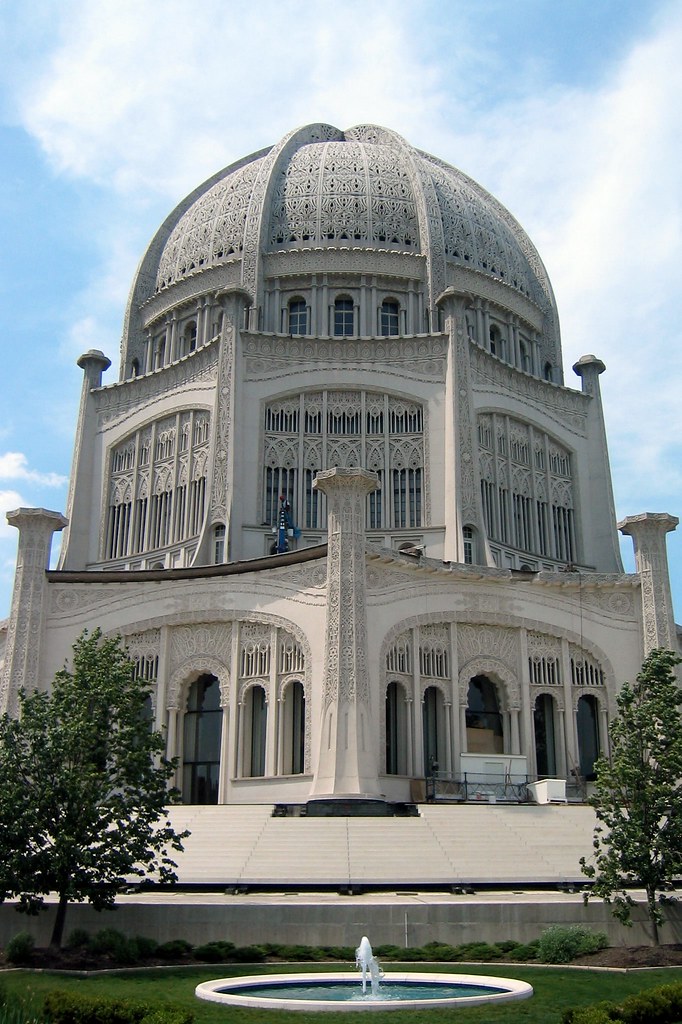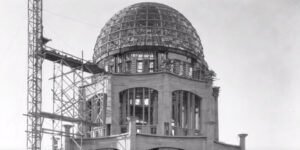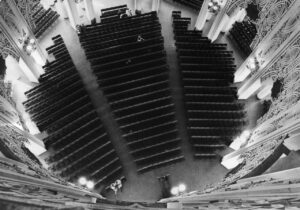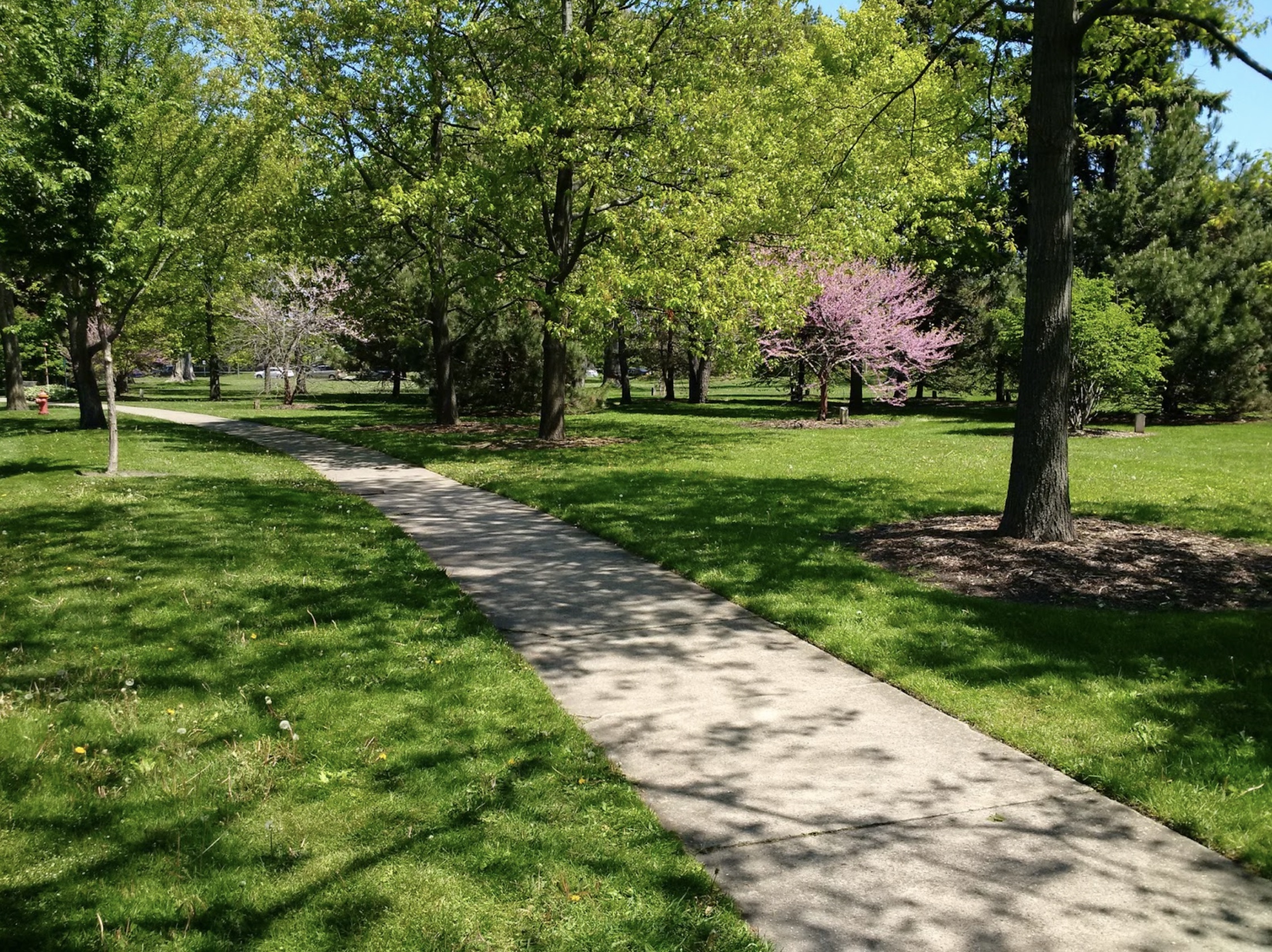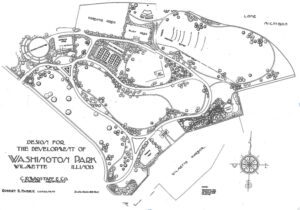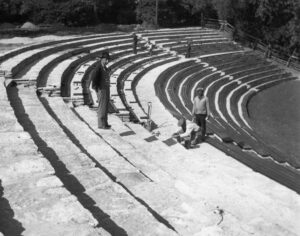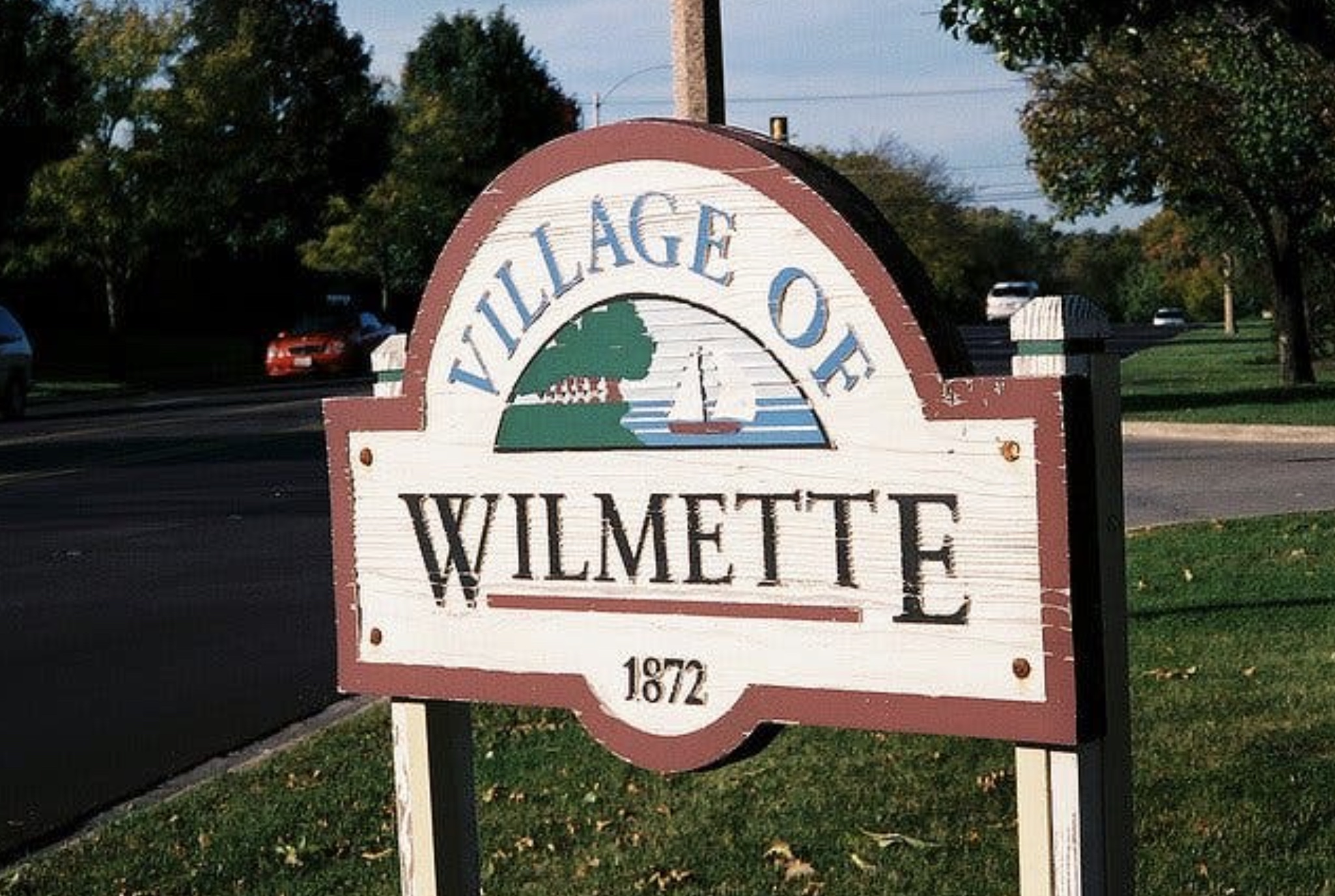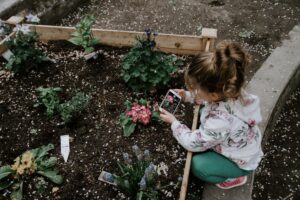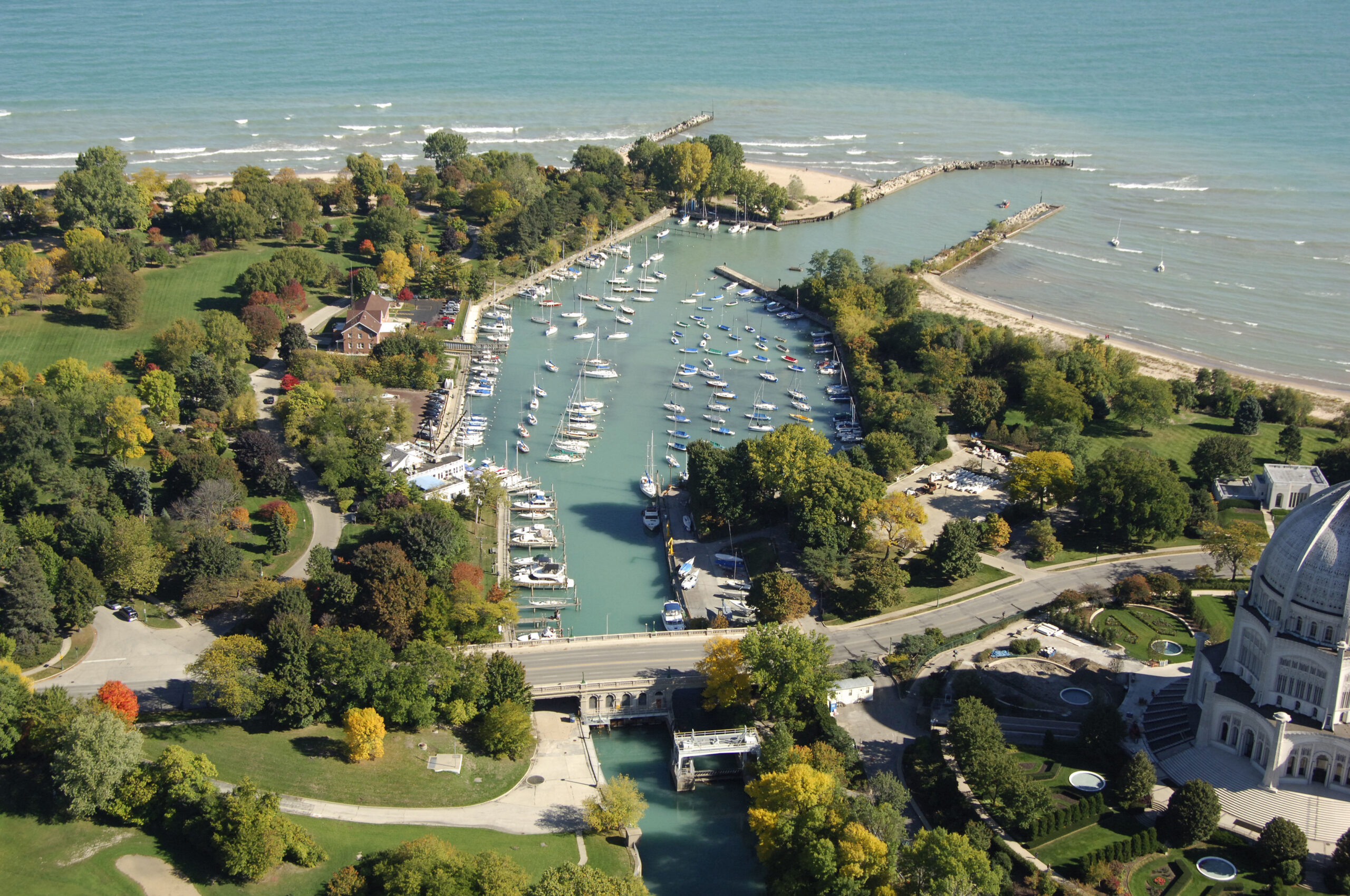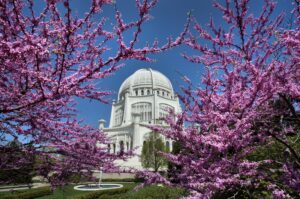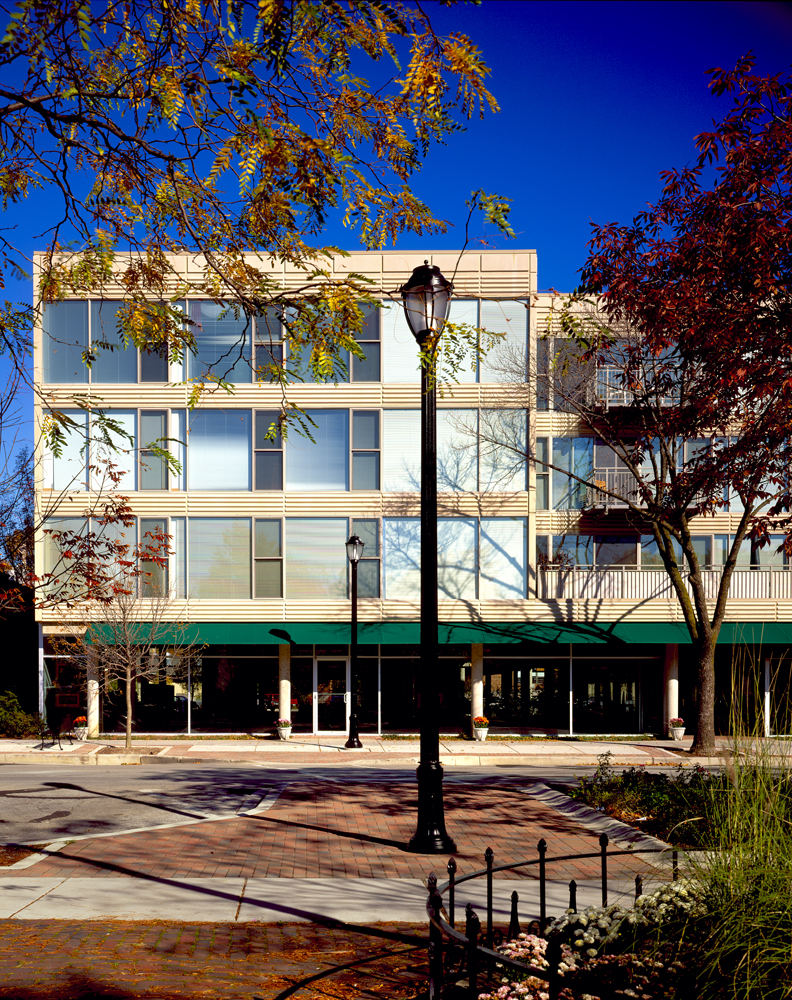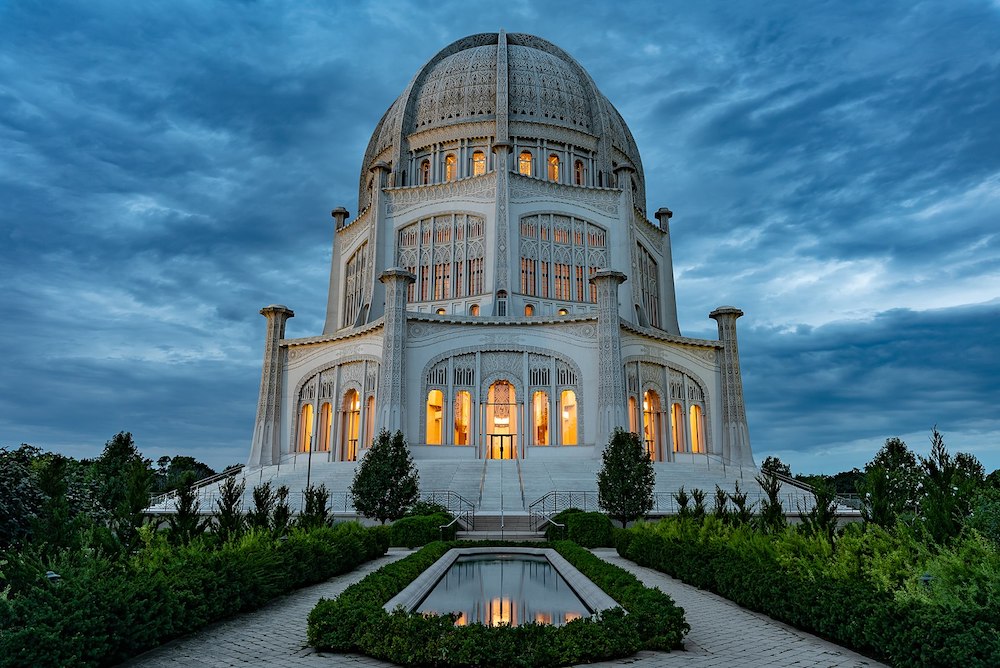With new territory comes a vast architectural culture and history. While the Midwest is home to many distinguished styles, perhaps none is as storied as Potawatomi architecture. While our Modernist design is in stark contrast with Potawatomi styles, as we continue to expand our community into Wilmette, we honor the history and modern-day impact of the land’s past Potawatomi architecture.
Found in the Great Lakes region, the Potawatomi’s architecture became heavily influenced by the climate and resources of the area. Traditionally, Potawatomi bands built two separate types of shelters: the wigwam and the longhouse. Construction on longhouses traces back to 900 CE. The rectangular builds held various uses in a tribe, from holding meeting places and ceremonies to uses as multi-family homes.
The wigwam was a popular element in Indigenous architecture stretching beyond the Potawatomi. To construct the dome-shaped home, the Potawatomi typically used a mixture of bent saplings as the home’s skeleton, with woven mats or sheets of bark covering the exterior. The interior of the wigwam would normally include a fire in the center of the shelter with a smoke hole directly above.

Early adopters of sustainable architecture, Potawatomi bands used everything they could for their builds with little waste. Animal skin was used as blankets, bags or insulation, and everything from tree bark to cattail reeds were used throughout a home’s construction.
While little remains of Potawatomi architecture today, honoring the history and significance is critical to ensuring it remains a part of our history. To learn more about the Potawatomi’s storied architecture and culture, visit their website here.
